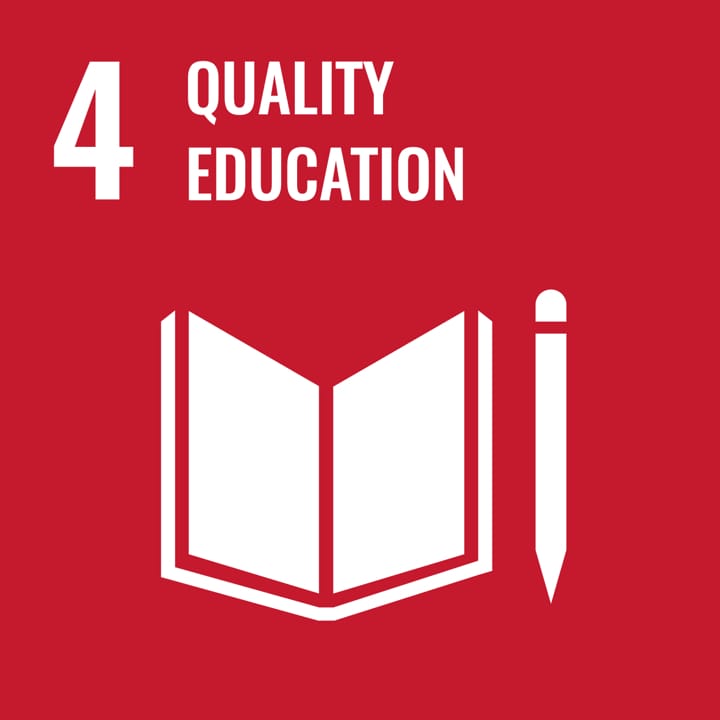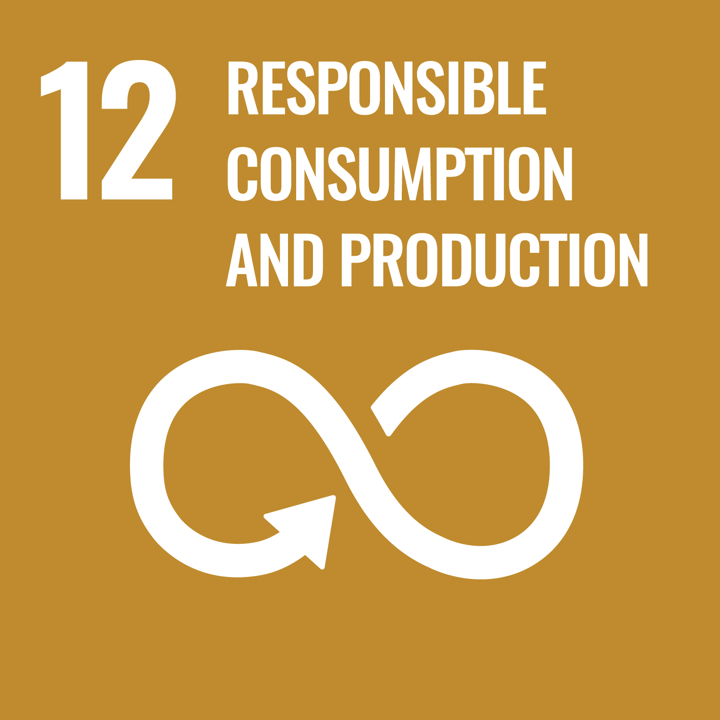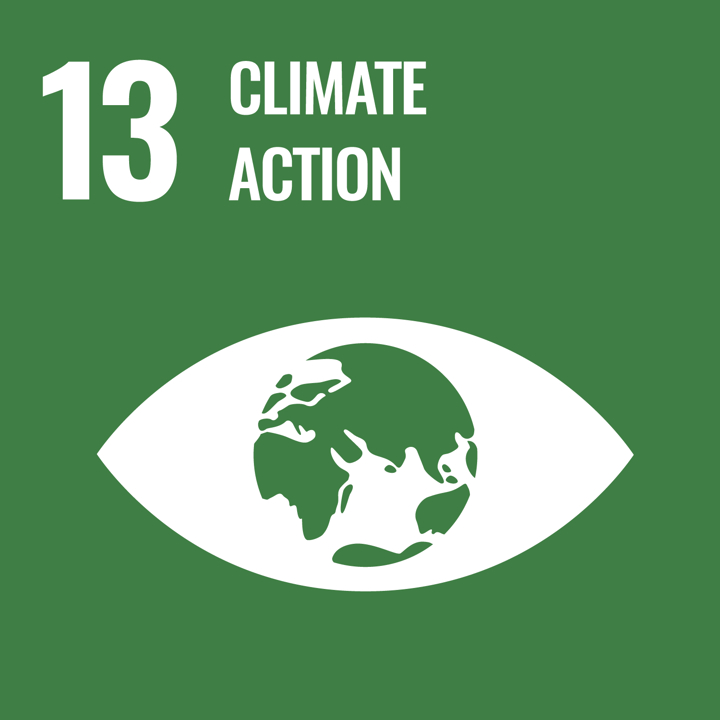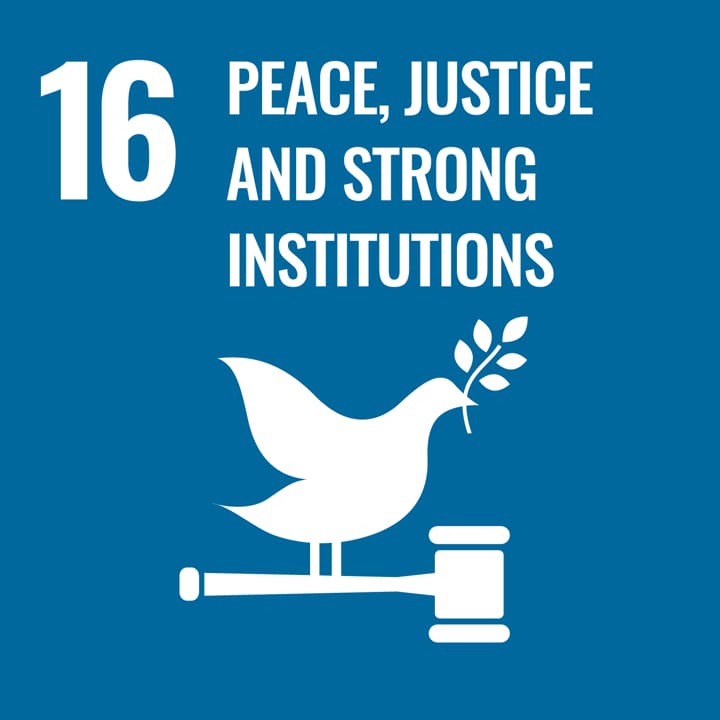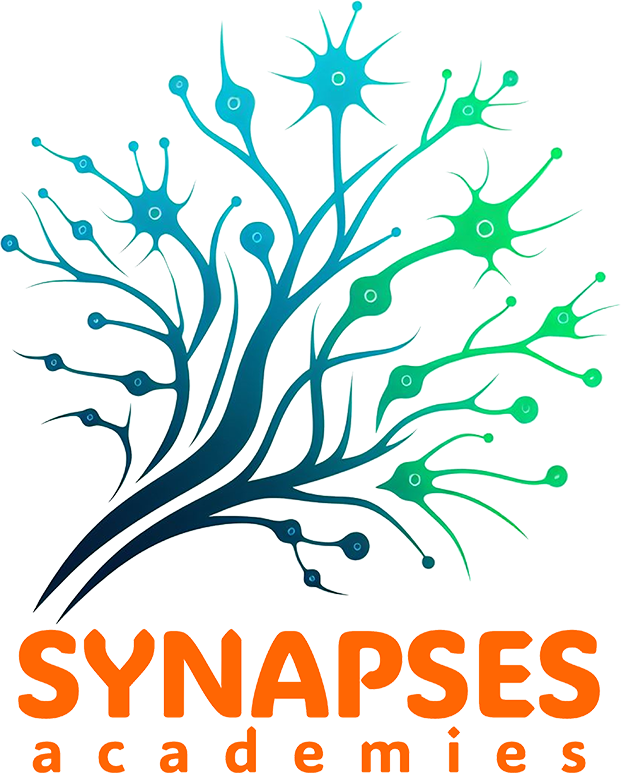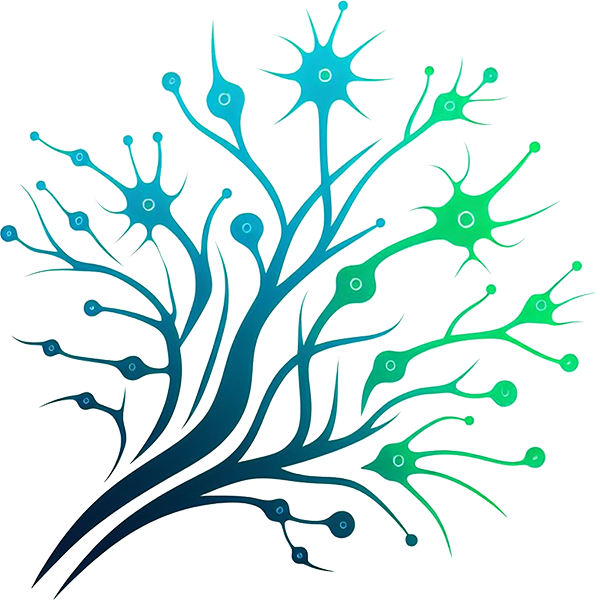
Intended End User: Teacher, School Leader
Age Group: Lower Secondary; Upper Secondary
School Curriculum: Science; Social, Physical & Health Education; Social & Environment Science; Languages; Business Studies; Applied Science
Themes and Topics: Behaviour & Lifestyle; Collective Action; Environmental Change; Power & Influence; School Leadership; Citizenship; Pedagogy Approaches
Duration: Varies by school. Suggested implementation timeline: 6–24 months
Type of Resource: Case Study, Game, Guidelines & Notes, Lesson Plans, Presentation, Project, Online Tool, Workshop
Keywords: Whole-school approach, Stakeholder engagement, Sustainability citizenship, Monitoring & evaluation, Toolkit
Languages: English, Czech
Description
The Step-by-step Toolkit to Establish a Sustainability Strategy is a comprehensive, practice-oriented resource designed to help secondary schools adopt a whole-school approach to sustainability. Developed as part of the Erasmus+ project Sustainability Managers @ School, the toolkit supports school leaders, teachers, and staff in creating a tailored, long-term sustainability strategy aligned with the UN Sustainable Development Goals (SDGs).
The toolkit guides users through a structured process that includes the formation of a sustainability team, stakeholder mapping, and a materiality assessment to prioritise key environmental and social issues. Schools are supported in setting measurable goals, defining key performance indicators (KPIs), and implementing concrete actions. Templates and practical tools—such as the stakeholder map, strategy presentation slides, and monitoring grids—are provided to ensure usability and adaptability across diverse school contexts.
It promotes active participation from the entire school community, including students, families, and local partners, and emphasizes capacity-building through inclusive governance, transparency, and long-term planning. Supporting materials—like the Materiality Report and Good Practices Booklet—offer insights from European schools, helping educators reflect on impactful strategies and scalable solutions.
By focusing on leadership development, collaboration, and continuous improvement, the toolkit aims to embed sustainability into both educational content and school operations. It is available in multiple languages and can be adapted to local educational policies and institutional goals. This resource equips schools to act as transformative agents of change and aligns strongly with the Synapses vision of cultivating Sustainability Citizenship in education.
How to use this resource
The Step-by-step Toolkit to Establish a Sustainability Strategy is designed to be used flexibly by school leaders, teachers, or a dedicated sustainability coordinator/team. It supports schools in initiating or enhancing their journey toward becoming sustainability-driven learning environments.
1. Form a Sustainability Team:
Start by identifying or appointing a Sustainability Manager and forming a diverse team that includes staff, students, and potentially parents or community partners. Guidance on roles and competencies is provided.
2. Conduct a Stakeholder and Context Analysis:
Use the toolkit’s stakeholder mapping tools and templates to identify internal and external actors who influence or are influenced by the school’s sustainability efforts. The accompanying Materiality Report helps guide issue prioritization using a matrix-based method drawn from ISO 26000 and GRI standards.
3. Define Priorities and Goals:
Based on stakeholder input and self-assessment, define priority sustainability areas (e.g., energy, equity, well-being, waste). The toolkit guides schools to set measurable and achievable goals, linked to the UN SDGs.
4. Develop an Action Plan and Monitoring Framework:
With support from templates and examples (e.g., from the School Sustainability Strategy Presentation), schools draft action plans with indicators, timelines, responsibilities, and milestones. The process encourages transparency, regular reflection, and continuous improvement.
5. Implement and Communicate:
Schools are encouraged to integrate sustainability across curriculum and operations, run awareness campaigns, and share progress with stakeholders through newsletters, dashboards, or public events.
The toolkit can be used across an academic year or longer and scaled according to a school’s capacity and context.
The resources
The PDF is only accessible in https format: School sustainability toolkit
Learning Outcomes (Teachers)
- Elicit prior knowledge and further develop knowledge and comprehension of key Sustainability Citizenship key concepts, challenging established worldviews and values.
- Apply a range of suitable tools and frameworks to promote student Sustainability Citizenship
- Reflect on practice and examine national curricula to identify opportunities to promote Sustainability Citizenship in interdisciplinary ways and engage with external stakeholders.
- Collaboratively synthesise the knowledge, tools and frameworks to create educational materials and lessons plans adapted to their own local context
- Through workshop activities and communities of practice, build capacity and agency as Sustainability Citizenship educators and leaders.
Learning Outcomes (Leadership)
- Elicit prior knowledge and further develop knowledge and comprehension of key Sustainability Citizenship concepts to challenge established worldviews and values.
- Apply a range of suitable tools and frameworks to promote Sustainability Citizenship within their schools and communities.
- Examine their own national/regional curricula, educational policies, programmes and external stakeholders to identify opportunities to promote Sustainability Citizenship in their schools and communities.
- Collaboratively synthesise knowledge, tools and frameworks to create a vision for delivering a school environment that supports the development of Sustainability Citizenship in their community.
- Through workshop activities and communities of practice, build capacity as Sustainability Citizenship educators and leaders.
Green Competencies
- Embodying Sustainable Values: Valuing Sustainability; Supporting Fairness; Promoting Nature
- Embracing Complexity in Sustainability: Systems Thinking; Critical Thinking; Problem Framing
- Envisioning Sustainable Futures: Futures Literacy; Adaptability; Exploratory Thinking
- Acting for Sustainability: Political Agency; Collective Action; Individual Initiative
Creative Commons
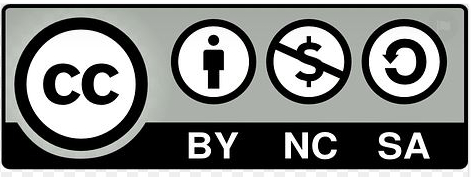
This resource was developed by the Sustainability Managers @ School project consortium under the Erasmus+ Programme. It is shared under a Creative Commons Attribution-NonCommercial license.
SDGs
